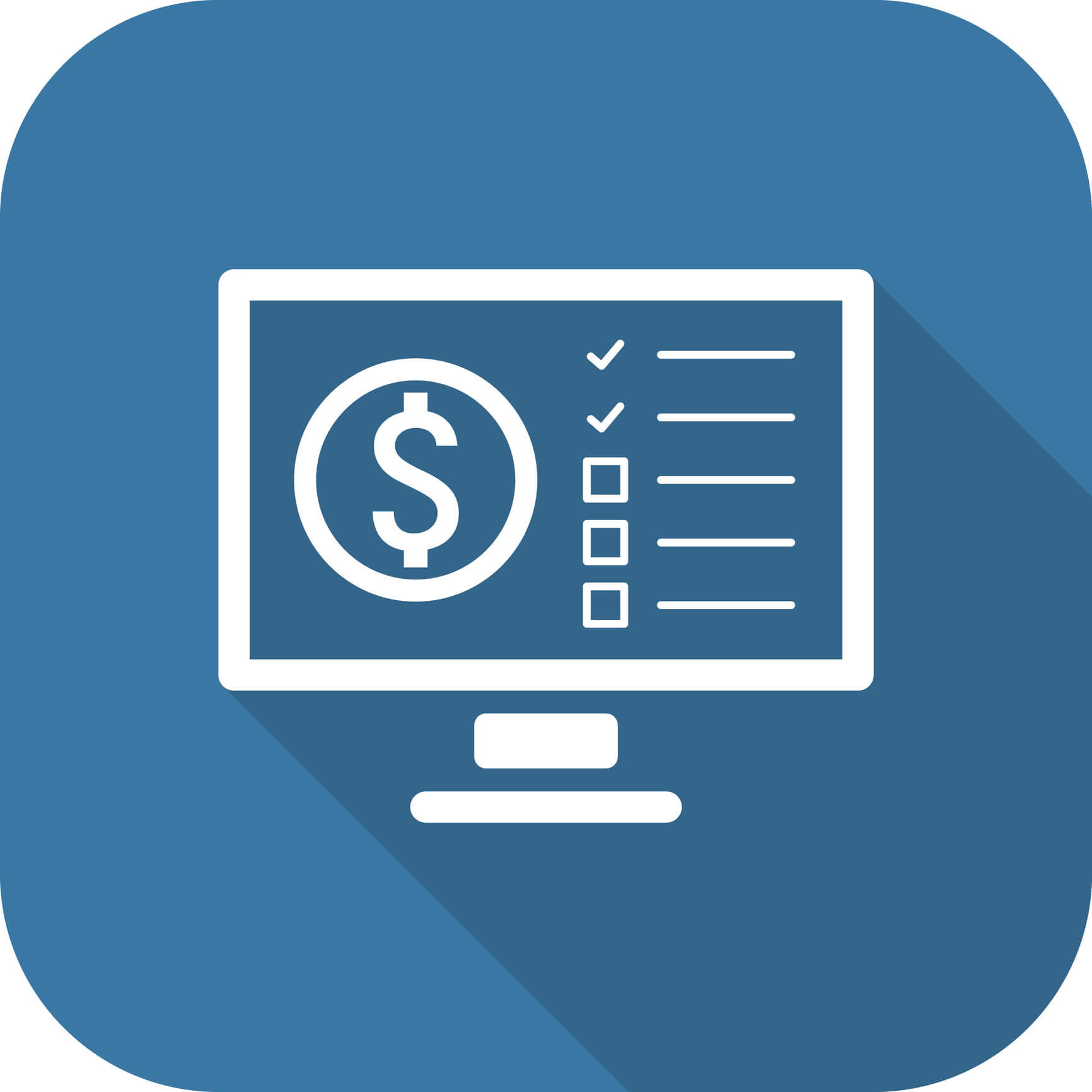4 Tips for Getting Started with OTT Video Services
Online video is experiencing a revolution. Over the past few years, video delivery over the internet has skyrocketed in popularity. The trend doesn’t seem to be changing. One of the main arenas in which this change is having a substantial impact is in the world of television. Increasingly, online content (often called OTT video) is usurping traditional broadcast TV.
In this article, we’re going to take a hard look at OTT video. We’ll learn what it is exactly, how it works, how it differs from other delivery platforms, and how different types of users can get started with it.
Finally, we’ll go over four tips for OTT video service providers. These tips will look at content licensing, revenue generation, how to build out an OTT video platform, and tools for streamlining the transition process. Let’s get started with an in-depth introduction to the subject.
What is OTT video?
OTT video broadcasting is a method for delivering video content over the internet. OTT stands for “Over The Top.” This refers to the practice of delivering video online in addition to (or “on top of”) more traditional distribution channels like broadcast, cable, and satellite TV, as well as film screening at movie theaters.
Many OTT services offer access to shows via two methods. First, content can be watched “live” as it airs on TV. The second is video on demand. If people prefer to watch after the fact, content is also available on-demand for viewing at any time.
OTT video with VOD
Video on demand is a much more common model when it comes to OTT. Mostly, this is true for technical reasons relating to the infrastructure of live video delivery. Live streaming infrastructure is still not as developed as TV distribution networks. However, as the technology matures, that trend is beginning to change. More businesses are implementing live stream OTT networks to mirror their broadcast networks.
 In general, the rise in the OTT video mirrors the cord-cutting trend. In some ways, however, cord-cutting is A misnomer. OTT video is aimed at broadband internet users who don’t pay for any TV. This is cable internet, meaning there’s still an actual wire being used. Regardless, the change is definitely taking hold. In 2015, around 10 million people in the United States cut the cord, and those numbers have continued to rise.
In general, the rise in the OTT video mirrors the cord-cutting trend. In some ways, however, cord-cutting is A misnomer. OTT video is aimed at broadband internet users who don’t pay for any TV. This is cable internet, meaning there’s still an actual wire being used. Regardless, the change is definitely taking hold. In 2015, around 10 million people in the United States cut the cord, and those numbers have continued to rise.
OTT is a method for reaching these people. It’s also ideal for reaching mobile users on-the-go. Mobile delivery of OTT video for sports is one of the areas in which OTT is already exploding. We expect this industry to continue growing in the future, especially under the subscription model.
[Tweet “What is #OTT video? It’s a distribution model based on the internet as an alternative to TV. Learn more:”]What OTT isn’t
OTT is a term that is commonly used inaccurately. Technically speaking, OTT is the conveyance of multimedia over the internet without a framework service in control of the content. Data is transferred by the internet service provider, but they’re not in charge of the content. In fact, they have nothing to do with it. Essentially, the messenger isn’t in charge of the medium.
The field here is sort of fuzzy. OTT is more of an umbrella term than an exact one. Usually, OTT refers to premium content as well—professionally produced shows and films. Therefore, typical YouTube content isn’t OTT. However, as free, semi-professional user-created content proliferates, the boundaries are blurring.
4 tips for providing OTT video services
Creating your own OTT service or expanding a current media enterprise into an OT business is a daunting prospect. There are a number of significant differences between IP video and traditional broadcast. However, there are many similarities as well. Video engineers should have no problem switching to this new model with a little research and preparation.
Here are 4 tips and choices to consider as you make the move.
1. Content licensing issues for OTT video
OTT video is usually licensed in a similar manner to broadcast television. That means you’ll need to gain licenses to broadcast most content. These licenses and permissions could include things like model releases, advertising contracts, and revenue-sharing with content creators.
The scope of these issues is largely beyond the space we have available here. We recommend consulting with a lawyer around these issues. However, if you’re looking for a more general introduction to content licensing for video, check out this article.
2. Revenue: managing subscriptions and ads
In general, there are three ways to generate revenue using online video libraries. These are SVOD, AVOD, and TVOD. Let’s review those terms.
SVOD – Subscription Video on Demand
 The first is SVOD. SVOD, or Subscription Video on Demand, refers to services like Netflix, HBO GO, or Hulu. In this model, you pay a repeating fee and gain access to a video library. Content is delivered on-demand at the time of your choosing. Many sports leagues, such as the NBA and MLB, offer subscription-based access to both live and on-demand games via the internet. These services are highly popular.
The first is SVOD. SVOD, or Subscription Video on Demand, refers to services like Netflix, HBO GO, or Hulu. In this model, you pay a repeating fee and gain access to a video library. Content is delivered on-demand at the time of your choosing. Many sports leagues, such as the NBA and MLB, offer subscription-based access to both live and on-demand games via the internet. These services are highly popular.
SVOD platforms are generally charged on a monthly basis, with the user free to cancel at any time. This contrasts with old-school cable TV, which generally locks down customers for long-term contracts. This makes it easy for customers to join and leave whenever they choose.
AVOD – Ad-Supported Video on Demand
The second revenue generation method is AVOD. AVOD stands for Ad-supported Video on Demand. The money generated for networks is supplied by advertisers paying for viewers to watch their ads.
This model has some benefits for the user; namely that it’s free. Traditional network television still uses this model. However, over the internet, AVOD is the least developed of the revenue models. Live video sometimes uses an ad-supported model as well. It can work out well, especially if you have a small but highly targeted audience or a large, widely distributed audience.
TVOD – Transactional Video on Demand
The final model is TVOD or Transactional Video on Demand. The TVOD model means that you pay for each piece of content you want to watch. The prime examples of this type of service are Amazon Prime Video and iTunes video. Creating an account with these services and browsing the library is free, but you must pay for each show or series you want to watch.
Amazon Prime is actually a mixed model since users can either pay a subscription fee or purchase access to shows and films individually.
These services have some advantages. For one, the barrier to entry is lower than with SVOD. If users only want to access a movie or show here and there, they can still become paying customers. However, this may drive users who would otherwise pay a higher monthly subscription fee to purchase less content.
TVOD tends to have a higher revenue per view. This allows them to offer greater revenue to content creators, and thus to attract higher-end and more recent releases. TVOD has been available for some time via set-top boxes.
A platform like Dacast offers white-label service and the ability to utilize any of these revenue models.
3. Building an OTT video platform from scratch
 Technically, setting up an OTT platform is quite simple. Delivering a video recording differs depending on whether it’s live or on-demand. With on-demand video, all that a provider has to do is upload their file to their online video platform and enable it to be accessed by users.
Technically, setting up an OTT platform is quite simple. Delivering a video recording differs depending on whether it’s live or on-demand. With on-demand video, all that a provider has to do is upload their file to their online video platform and enable it to be accessed by users.
Entering a live stream is usually simple as well. It differs depending on the platform you are using, but generally, all you have to do is connect your streaming encoder to your live streaming platform, then enter the stream URL and hit a button to go live. This process can be automated and controlled programmatically as well.
However, the hardest part of building an OTT platform is building a framework around this content. This could include a website or access portal. For mobile use, you may want a responsive site or to simply provide a dedicated app. You’ll also need some sort of revenue model utilizing subscriptions and so on. You’ll need to take payments as well, which necessitates some payment processing system.
Other requirements for building an OTT video platform include access controls and some sort of DRM or piracy management model. For more details on the technical needs for an OTT platform, check out this comprehensive piece.
4. Tools for building out
Fortunately, there are tools to make this process easier. These tools enable your developers and engineers to integrate systems more easily and get an OTT system up and running. Let’s look at a few of them in turn.
Video and live streaming API
Digital business is heavily dependent on the use of APIs. API stands for an application programming interface. Essentially, an API is a simplified programming language that gives you access to the basic building blocks of a given software platform.
An API allows you to access the power of a platform programmatically. This means that you can create scripts, programs, websites, and apps built around the functionality of the platform at hand.
For OTT video, API access is essential—especially if you’re working with an online video platform. We provide a full-featured video API that allows access to just about every feature we offer. This covers both videos on demand and video streaming API needs.
M3U8 links
This element only applies to platforms that use a continuous broadcast model. These services need an easy way to keep content flowing. TV networks don’t use continuous live content, so they need a way to queue up on-demand video content to be streamed on their channels.
An m3u file is a multimedia playlist. Using an online video platform like Dacast, you can easily build up a playlist of content, create an m3u8 link, and then feed that link to your streaming delivery system. In this manner, the content will continuously broadcast as long as the playlist remains stacked—all without any intervention from you.
This allows you to create a simple online TV (or online radio) system to match the broadcast TV.
Multi-platform compatibility
An OTT video platform has to be compatible with a wide range of devices. Ideally, it should be compatible with mobile devices like smartphones and tablets, smart TVs, laptops and desktops, and even gaming systems.
The best way to ensure that this is the case is to use a compatible HTML5 video player. This can be matched with responsive websites and dedicated apps for a watchable experience on all sorts of screens.
Conclusion
OTT is one of the last frontiers in the move towards online video. Business models are evolving fast. There are a number of big providers in the field already: Amazon, Apple, Netflix, HBO. However, there is still room for innovation and exploration.
In this article, we’ve shared our understanding of the current OTT market. We’ve gone over some fundamental definitions, terms, and considerations for those considering getting involved in OTT video.
We’ve also described some of the necessary tools for getting started with OTT video. These tools include a platform capable of your preferred revenue generation model, a comprehensive API, multi-device support, and robust delivery infrastructure. A platform like Dacast, which is built on the acclaimed Akamai CDN (Content Delivery Network) provides the tools and capacity necessary to build an online video platform for OTT distribution.
If you’re involved in this industry, we’d love to hear from you. And if you want to try us for free, sign up today to enjoy free streaming and all our great features for 14 days. No credit card required! Just click the button below to stream live in a matter of minutes.
For exclusive offers and regular live streaming tips, you can also join our LinkedIn group. Thanks for reading, broadcasters, and good luck with your live streams!
 Stream
Stream Connect
Connect Manage
Manage Measure
Measure Events
Events Business
Business Organizations
Organizations Entertainment and Media
Entertainment and Media API
API Tools
Tools Learning Center
Learning Center Support
Support Support Articles
Support Articles